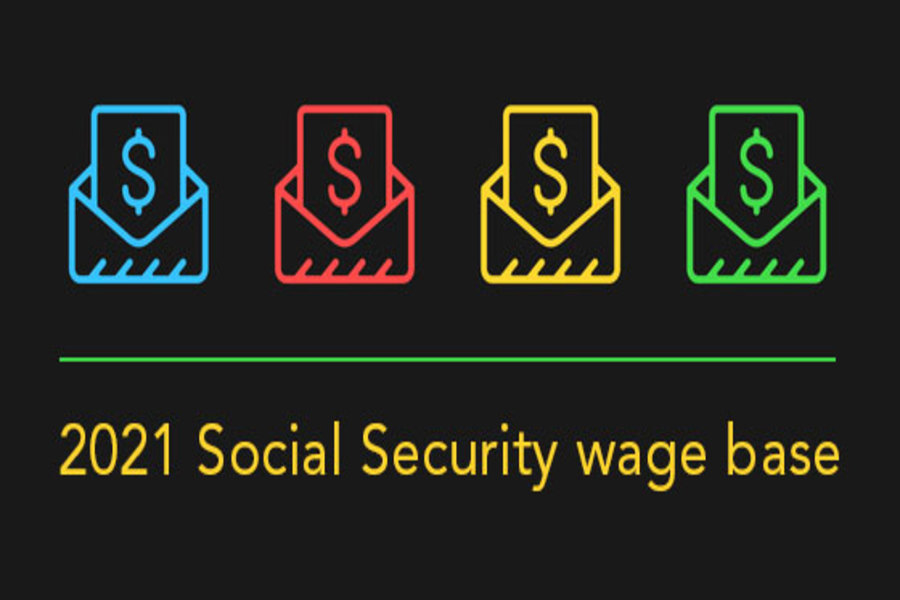Employees, self-employed individuals and employers all pay Social Security tax, and the amounts can get bigger every year. And yet, many people don’t fully understand the Social Security tax they pay. If you’re an employee If you’re an employee, your wages are hit with the 12.4% Social Security tax up to the annual wage ceiling. Half of the Social Security tax bill (6.2%) is withheld from your paychecks. The other half (also 6.2%) is paid by your employer, so you never actually see it. Unless you understand how the Social Security tax works and closely examine your pay statements, you may be blissfully unaware of the size of the tax. It’s potentially a lot! The Social Security tax wage ceiling for 2024 is $168,600 (up from $160,200 for...






